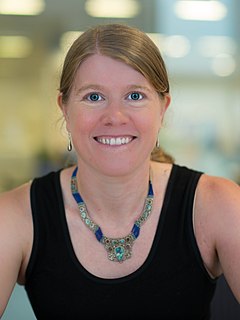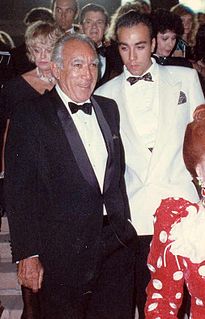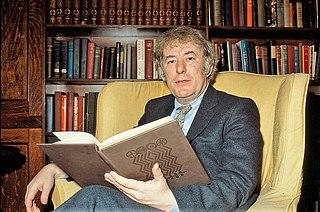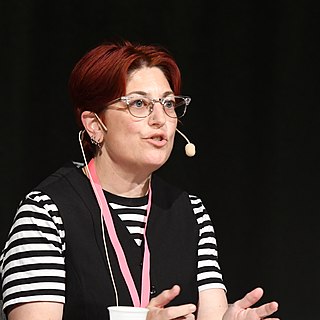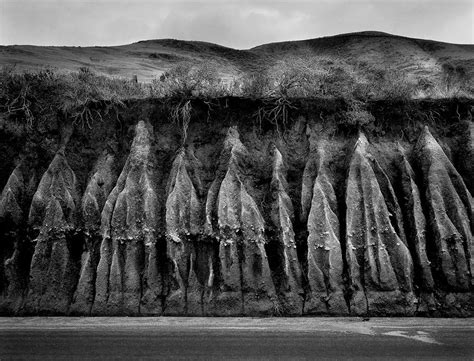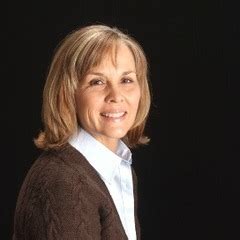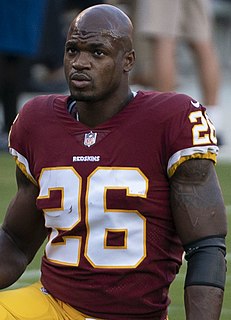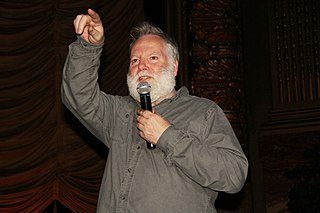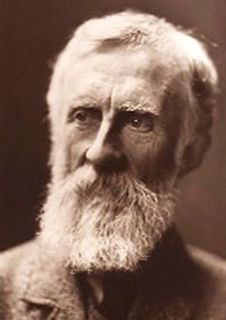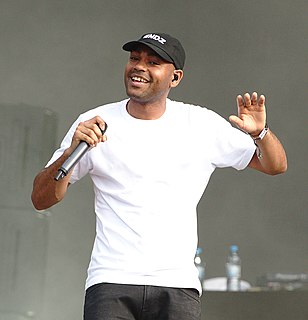A Quote by Sarah Parcak
You just pull back for hundreds of miles using the satellite imagery, and all of a sudden this invisible world become visible. You're actually able to see settlements and tombs - and even things like buried pyramids - that you might not otherwise be able to see.
Related Quotes
The only technology that can 'see' beneath the ground is radar imagery. But satellite imagery also allows scientists to map short- and long-term changes to the Earth's surface. Buried archaeological remains affect the overlying vegetation, soils and even water in different ways, depending on the landscapes you're examining.
I believe that everything has a purpose and that everything a person does will come back to haunt or save him. Life is like a mirror in which everything we do is reflected back to us. We might not be able to recognize the reflection, and at times the image may be hidden. We may take years to see it or it may not even be visible during our lifetime. But it all comes around in the end. Space is as infinite as our actions are timeless. We are all part of the same invisible story, all travelling in a single continuum.
With enough money and international coordination, we can push incoming asteroids out of Earth's path. We might even be able to bring back extinct animals in the lab. The problem really isn't scientific - it's cultural. We aren't yet able to coordinate ourselves as a global civilization to do something simple like bring food to a famine-stricken region. We can actually use current satellite technologies to predict where famine will strike next, but we can't get food there - usually for political reasons.
The camera is not only an extension of the eye but of the brain. It can see sharper, farther, nearer, slower, faster than the eye. It can see by invisible light. It can see in the past, present, and future. Instead of using the camera only to reproduce objects, I wanted to use it to make what is invisible to the eye - visible.
The more often we see the things around us - even the beautiful and wonderful things - the more they become invisible to us. That is why we often take for granted the beauty of this world: the flowers, the trees, the birds, the clouds - even those we love. Because we see things so often, we see them less and less.
It's just a lot of fun to be able to see your ideas come into fruition. And to see people translate the things that come out of my mind vocally. And to be able to produce vocals and give people my point of view musically. And to be able to sit in the crowd and see people sing the song that I wrote, it's an amazing feeling.
People have to see it for what it is, but they would be so shocked to know two simple things that I just really never shared with anyone, but I spank my child at times. He didn't move a muscle, not one inch, and he didn't drop one tear. I tell you that and you are probably like, "Wow, how is that even possible?" But little details like that is not what people are able to see, and that makes the world of difference to the outcome of the situation.
The photographer sees the world as a child sees the bits of glass in a kaleidoscope. If he has a camera with which he can secure these ever-changing combinations, he is then able to look on them again and again, and he has the further pleasure of pleasing others with the sight of things which he, with perhaps unusual opportunities, was able to see, which his friends would otherwise not ever be able to.
The most exciting moment as an archaeologist happened when I was looking at the great archaeology site of Tannis, which of course we all know from 'Indiana Jones.' We got satellite imagery of the city of Tannis, we processed it, and literally from thousands of miles away from my lab in Alabama, we were able to map the entire city.
